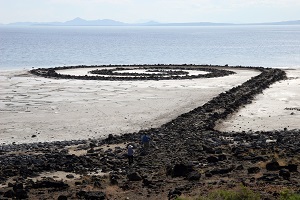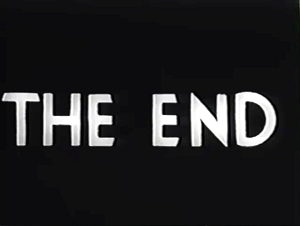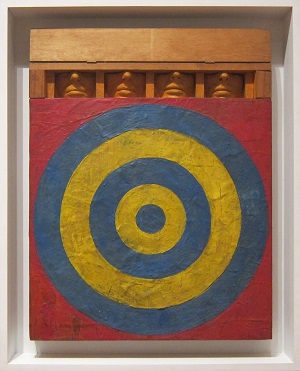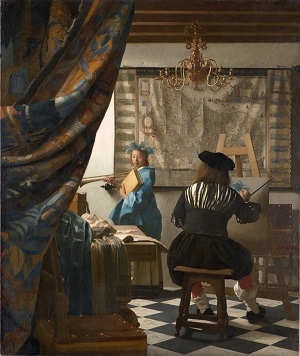

ARTH 4620-01: Space and Site in Contemporary Art
An in-depth investigation of the emergence of art practices based on the viewer’s participation and interaction with the art work as part of an installation, environment or experience. Focuses on art since the 1960s by exploring the relationships between the art object and the spaces and sites of display in relation to theories of space and place, postmodernism, globalization and the everyday. Students give a creative oral presentation on a series of Seattle sites of their choosing as a mid-term project. Final project will be a short research paper (10-12 pages) and presentation on an artist/artwork of the student’s choosing. Field trips and guest artist lectures are included in this course.

ARTH 3510-01 Trauma, Image, Text: History & Representation after WWII
Does art matter in a world full of political conflict, human suffering, and social and economic inequality? After the cataclysm of world war and the Holocaust is making art even a responsible thing to do? These were questions that faced artists and intellectuals in the latter half of the 20th century. "Trauma, Image, Text" considers the relationship between history and its representation in select moments from the 1940s to today. Can art adequately portray the traumatic reality of history and how have artists and writers struggled with this question in forms as diverse as film, painting, poetry, the novel, criticism and video?

ARTH 3500: Art since 1945: Foundations of Contemporary Art & Criticism
What makes art “contemporary” and how did the idea of the artist change after WWII with the rise of consumerism, electronic media, celebrity culture and the art market? This is a survey of the ideas that made particular ways of making art matter in the United States from 1945 to the present. Students explore questions such as: Why did Jackson Pollock drip paint on his canvas in the 1950s? What was Robert Smithson doing putting rocks in the Great Salt Lake in 1970? Why were Kara Walker’s 19th c. silhouettes depicting racial violence pasted to museum walls controversial in the 1990s? Why did Mark Dion take a log from the Olympic Peninsula and put it in a greenhouse on Seattle’s waterfront in 2005?

ARTH 2120: The Status of the Artist
In this introductory art history course, students explore art from the Renaissance to the 20th c. by asking questions such as: Why did Renaissance artists argue that they were intellectuals rather than artisans? Why did modern artists then attack the intellectual traditions of art to demand social change and radically question the purpose art itself? You will look for answers to these questions by discussing topics such as: symbols of the liberal arts in 16th c. paintings, female artists’ self-portraits in the Renaissance, gender as a central anxiety in depictions of modern Paris, 19th c. paintings of the working class, and the Dada artists’ absurd responses to WWI.